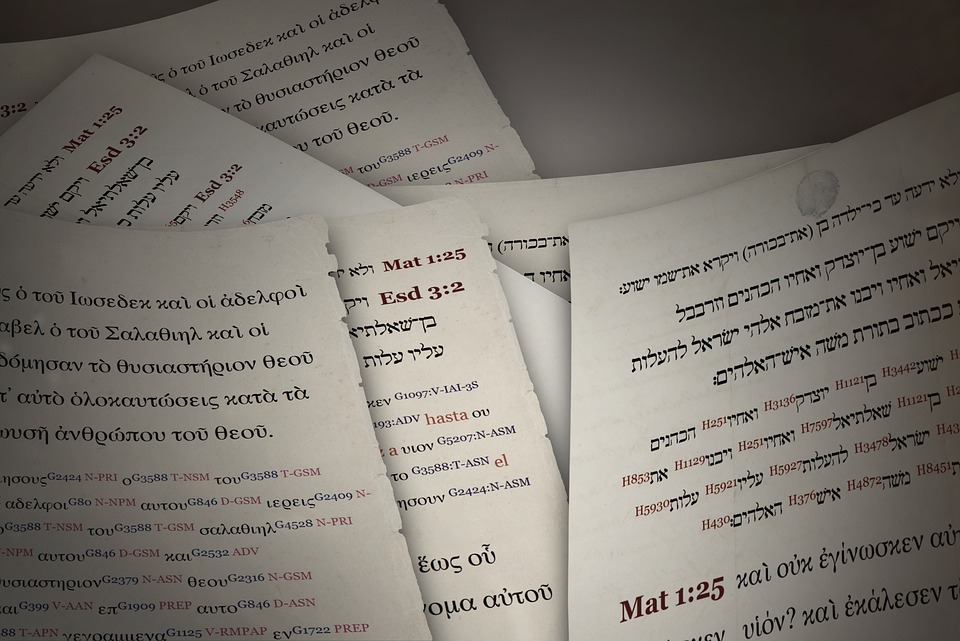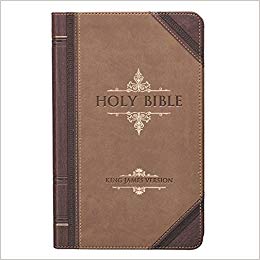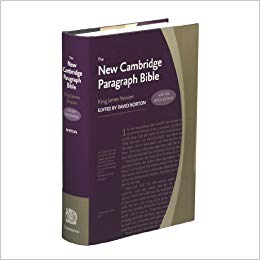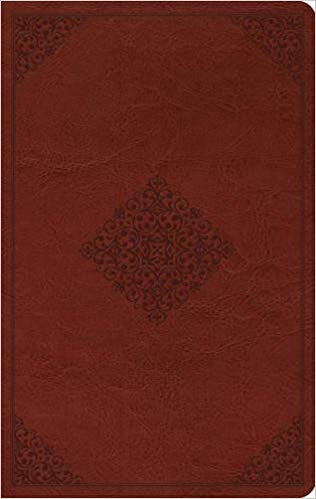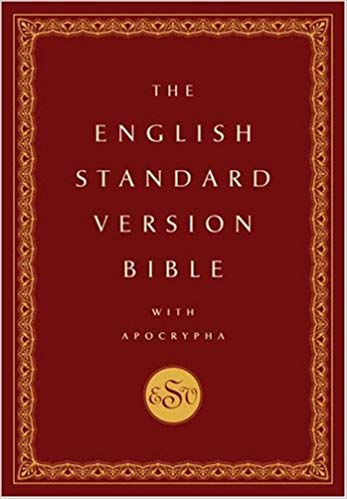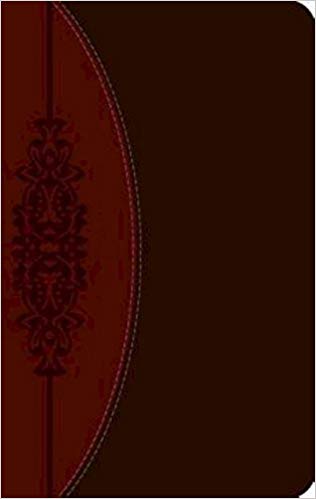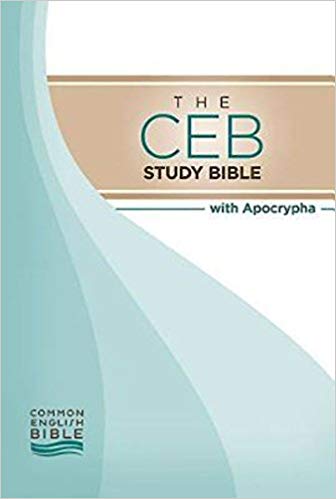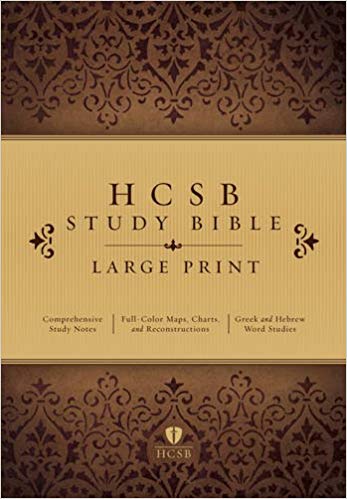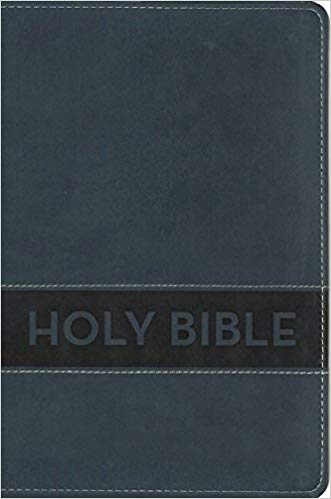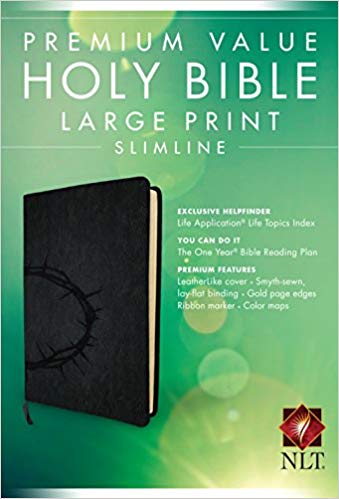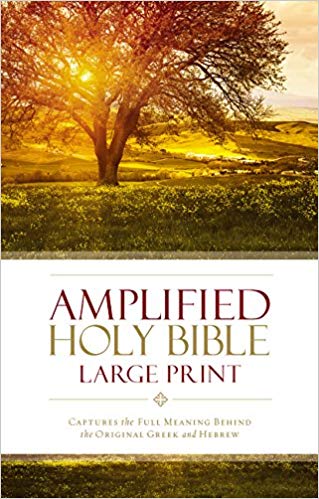Since the Bible was written – beginning with the Torah thousands of years ago, right up to the epistles in the first century AD – there have been a variety of translations. The Old Testament was translated into Greek for those who did not know Hebrew. The Hebrew and Greek were translated into Latin, which was used for several centuries. In the early 1500s, Wycliffe and Tyndale printed translations of the full Bible in English.
In the centuries since then, the Bible has been retranslated, paraphrased, and edited a number of times, resulting in a variety of translations in English available for use. This can be confusing for believers, since they are all similar, but have some definite differences. While most can trace their origins to the same originals, some included documents that were found later during the translation process.
Determining which translation is best can be a difficult process, because different people put emphasis on different factors. What is important to one Christian may be less so to another. Therefore, choosing one “best” translation may be impossible, since opinions vary and the decision of best is largely subjective. Things which may be viewed as pros to one group may be cons to another, and vice versa. Therefore, the below will consider the facts about the translations, allowing readers to make their own conclusions.
The factors most often considered – type of translation, language, and whether or not the deuterocanonical books (Apocrypha) are available – are included at the bottom of each synopsis.
King James Version
The quintessential English translation, the King James Version is so called because it was commissioned by King James. Originally translated in 1611, the translation was updated to standard spelling in 1769, which is the version used now. It has been the most popular English version for over 300 years. The archaic phrases and words, while increasing specificity, can make it less easily readable for some.
Translation: word for word
Language: uses archaic words along with common English
Apocrypha: available
66 Books: Portfolio Design KJV Bible Giant Print
With Apocrypha: New Cambridge Paragraph Bible with Apocrypha
New International Version
Arguably the second most popular translation of the Bible, the NIV is used in churches all over the world. Considered a very readable version, it is translated into modern English. Some of the translation is adjusted for simplicity, which may mean it is less accurate to the originals from which it is translated. Some of the text has more interpretation than actual translation. Some pronouns are made less gender-specific in the most recent update.
Translation: phrase for phrase
Language: modern English
Apocrypha: unavailable
New American Standard Bible
The NASB a widely accepted translation that is a literal translation – generally considered the most literal translation available. It is quite modern, having been first published in 1977 and updated in 1995. However, its nearly literal translation means that some of the phrasing is a bit clunky and without natural English flow.
Translation: word for word
Language: modern English
Apocrypha: unavailable
English Standard Version
The ESV is somewhat ecumenical: while some translations have an apparent bias toward one denomination or another, this one does not. It is very modern, premiering in 2001 and updated in 2016. While its translation is literal, it is made to flow more naturally for English speakers.
Translation: word for word
Language: modern English
Apocrypha: available in one edition
66 Books: https://www.amazon.com/Large-Thinline-TruTone-Ornament-Design/dp/1433550288?tag=onlyonehope-20
With Apocrypha: https://www.amazon.com/English-Standard-Version-Bible-Apocrypha/dp/0195289102/?tag=onlyonehope-20
Common English Bible
One of the newest translations (2011), this book is full of very inclusive language. It is readable and relevant. It was translated by a variety of scholars from multiple denominations, including Baptist, Catholic, Evangelical, Methodist, and more.
Translation: concept
Language: modern English
Apocrypha: available
66 Books: https://www.amazon.com/CEB-Wesley-Study-Bible-DecoTone/dp/1609261100/?tag=onlyonehope-20
With Apocrypha: https://www.amazon.com/CEB-Study-Bible-Apocrypha/dp/1609260295/?tag=onlyonehope-20
Holman Christian Standard Bible
The HCSB was first published in 2004 and updated in 2010. It uses Yahweh in many places where this name of God appears in the original. It is made to be balanced between reading naturally and translated literally. It is most commonly used in Southern Baptist churches.
Translation: word for word
Language: modern English
Apocrypha: unavailable
https://www.amazon.com/Large-Print-Study-Bible-Hardcover/dp/1433607476/?tag=onlyonehope-20
New International Reader’s Version
The NIrV is intended for children, geared to a third or fourth grade reading level. First published in 1996, updated in 2014, this is one of the best selling Bibles for young children.
Translation: concept
Language: modern English
Apocrypha: unavailable
https://www.amazon.com/NIrV-Gift-Bible-Leathersoft-Blue/dp/0310744156/?tag=onlyonehope-20
New Living Translation
The NLT is up to date, based on the popular version The Living Bible. It was first published in 1996 and updated in 2015. While natural to read, it can be less accurate to the original.
Translation:thought for thought paraphrase
Language: modern English
Apocrypha: available, but out of print
https://www.amazon.com/Premium-Value-Slimline-Bible-Large/dp/1496413873/?tag=onlyonehope-20
The Amplified Bible
Because ancient languages such as Greek and Hebrew often have words without English equivalents, the AMP includes all English words that make clear the nuance of the text.
Translation: word for word (literal equivalent)
Language: modern English
Apocrypha: unavailable
https://www.amazon.com/Amplified-Bible-Large-Print-Hardcover/dp/0310444039/?tag=onlyonehope-20
So, which Bible is the best translation? For many Christians, it will depend on what will be done with it. For simple reading, many prefer the CEV or the NIV. For deeper study, the AMP or KJV are often preferred. For teaching and preaching, the KJV and NIV are the most often chosen.
The best way to determine which version is best for you is to set aside several hours to go to a library or bookstore that has a variety of translations and read a few pages of each one. Finding out which translation works best for you is a very personal matter, and your own opinion is best developed through experiencing each of the options.
If you want to start with a pretty much universal translation, though, it would be a good idea to consider either the King James Version, which is still the most widely distributed, or the New International Version, which has overtaken the KJV as the most often purchased version.
Either way, the important thing about the Bible is that you read it, as God’s way to communicate with His followers. Believers should read and study regularly, regardless which translation is ultimately chosen as the preferred one.

